The Best Companion Plants For Beets
The Best Companion Plants for Beets
Beets are a delicious and nutritious root vegetable that is easy to grow in the garden. They are also relatively pest-resistant, but there are a few companion plants that can help to deter pests and diseases, and even improve the flavor of your beets.
In this blog post, we will discuss the best companion plants for beets, as well as some plants that you should avoid planting near them. We will also provide some tips on how to plant and care for beets so that you can enjoy a bountiful harvest.
What are Companion Plants?
Companion planting is a gardening technique that involves planting certain types of plants together in order to benefit each other. Some plants can help to attract beneficial insects, while others can help to repel pests or diseases. Some plants can also help to improve the soil quality or water retention.
Why Companion Plant Beets?
There are a few reasons why you might want to companion plant beets. First, companion plants can help to deter pests and diseases. For example, onions and garlic can help to repel aphids, while marigolds can help to repel nematodes.
Second, companion plants can help to improve the flavor of your beets. For example, mint can help to improve the sweetness of beets, while lettuce can help to keep the soil moist.
Third, companion plants can help to improve the soil quality. For example, beans can help to fix nitrogen in the soil, while cabbage can help to suppress weeds.
What are the Best Companion Plants for Beets?
Here are some of the best companion plants for beets:
- Onions and garlic: These plants have a strong scent that can repel pests, such as aphids and slugs.
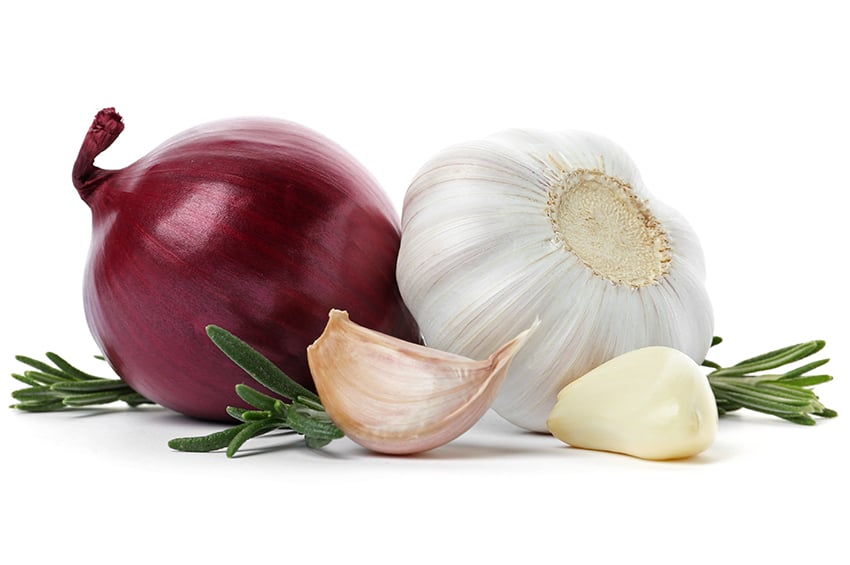
- Marigolds: These flowers also have a strong scent that can repel pests, such as nematodes.

- Lettuce: This leafy green can help to keep the soil moist, which is beneficial for beets.
- Cabbage: This vegetable can help to suppress weeds, which can compete with beets for nutrients and water.
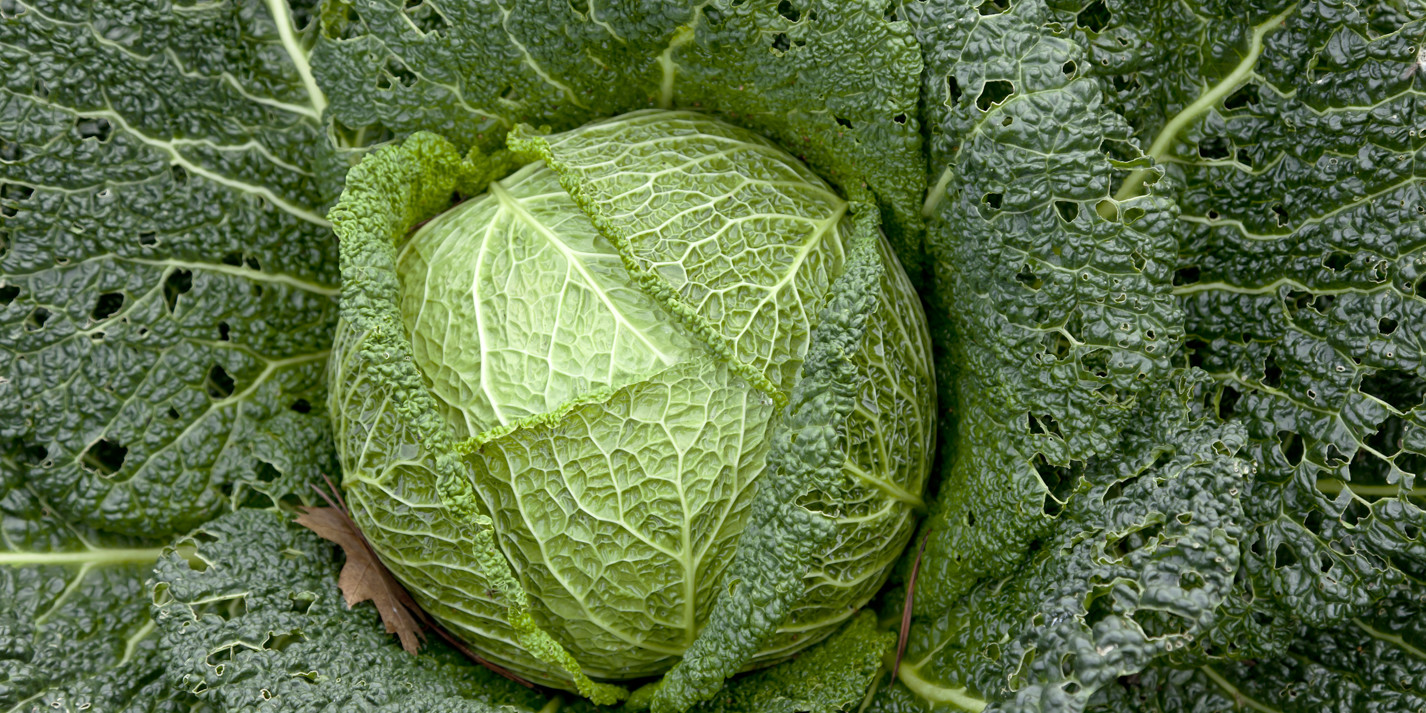
- Catnip: This herb can help to deter pests, such as rabbits and deer.

- Beans: These legumes can help to fix nitrogen in the soil, which is beneficial for beets.
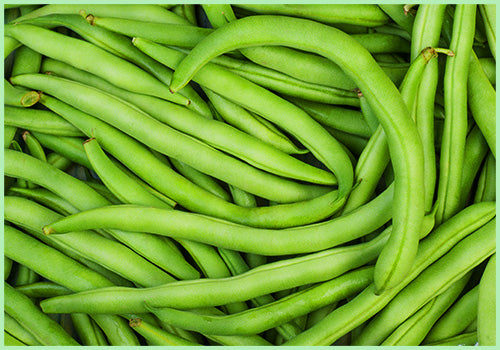
- Spinach: This leafy green can help to attract beneficial insects, such as ladybugs and lacewings, which can help to control pests.

- Kale: This leafy green can help to improve the soil quality by suppressing weeds and adding organic matter.
What Plants Should You Avoid Planting Near Beets?
Here are a few plants that you should avoid planting near beets:
- Pole beans: These beans can shade out beets and stunt their growth.
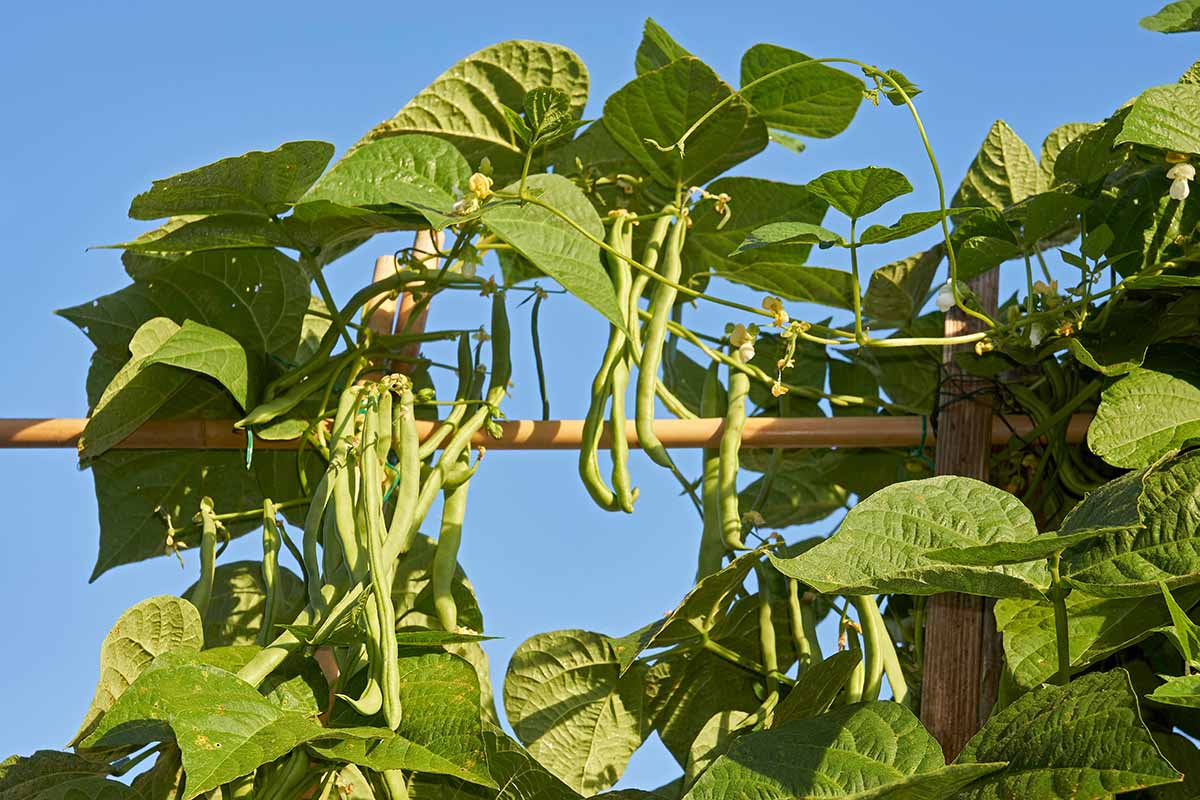
- Field mustard: This plant can harbor pests and diseases that can damage beets.
- Charlock (wild mustard): This plant is a relative of field mustard and can also harbor pests and diseases.
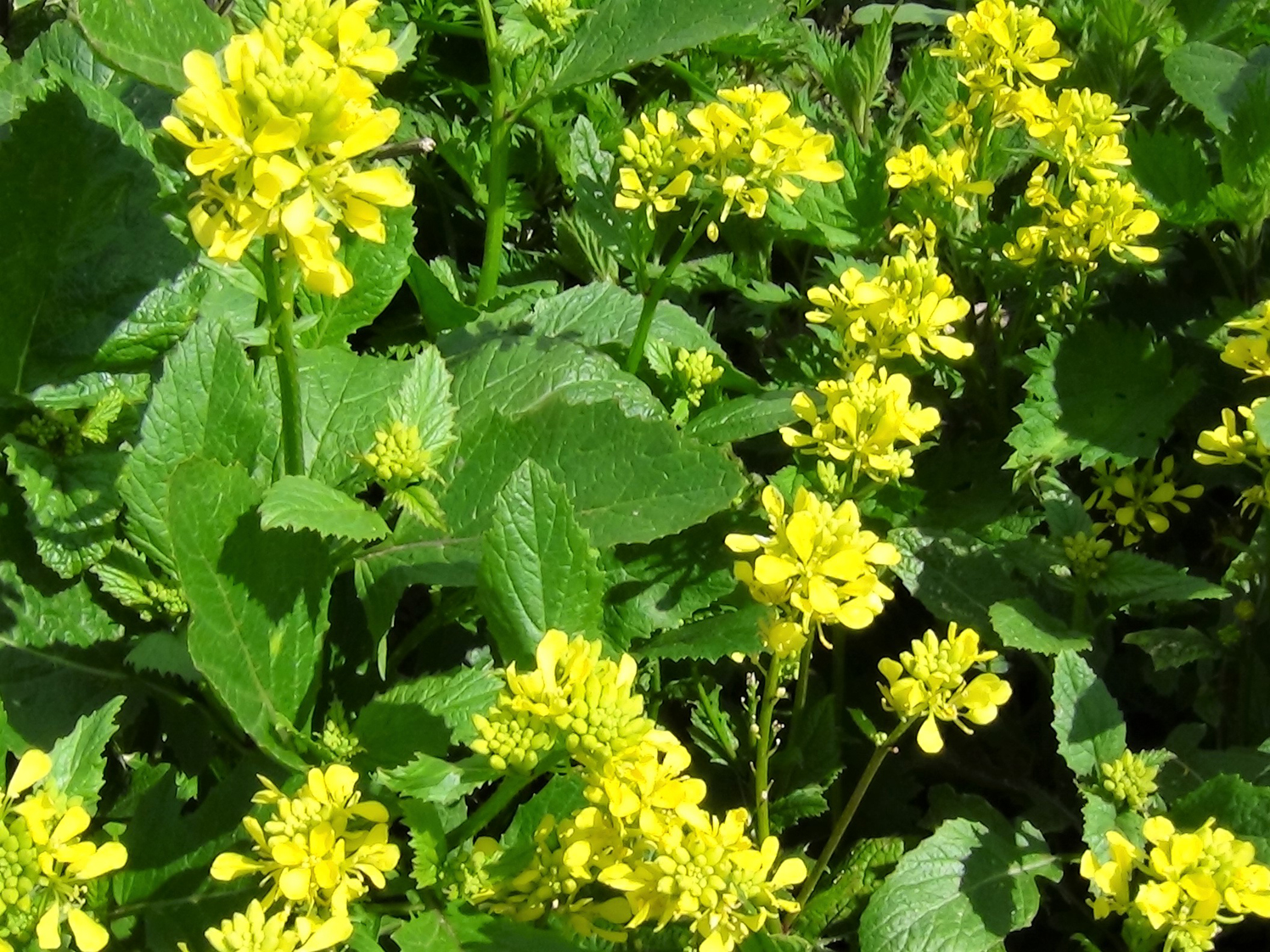
How to Plant and Care for Beets
Beets are relatively easy to plant and care for. Here are some tips:
- Sow seeds directly in the garden in early spring, when the soil temperature is at least 40 degrees Fahrenheit.
- Plant seeds 1/2 inch deep and 2 inches apart.
- Beets need full sun and well-drained soil.
- Water regularly, especially during hot weather.
- Fertilize once a month with a balanced fertilizer.
- Harvest beets when the roots are about 2 inches in diameter.
With a little planning and care, you can enjoy a bountiful harvest of beets from your garden. By companion planting with the right plants, you can deter pests, improve the flavor of your beets, and even improve the soil quality.
Beets are a delicious and nutritious root vegetable that can be grown in many different climates. When choosing companion plants for beets, it is important to consider their growing conditions and pest-repelling properties. Some of the best companion plants for beets include:
- Alliums: Alliums, such as onions, garlic, and chives, have strong scents that can help repel pests such as aphids, slugs, and beetles.
- Bush beans: Bush beans naturally provide nitrogen to the soil, which can help improve the growth of beets.
- Lettuce: Lettuce has shallow roots and can be planted close to beets without competing for nutrients. Lettuce can also help shade beet roots from the sun, which can help prevent them from becoming bitter.
- Marigolds: Marigolds are known for their insect-repelling properties and can help protect beets from pests such as aphids and mosquitoes.
- Brassicas: Brassicas, such as broccoli, cabbage, and cauliflower, can help improve the flavor of beets. They can also help suppress soil-borne diseases.
For more information about companion plants for beets, please visit Garden Wiki.
FAQ of companion for beets
What are good companion plants for beets?
Some of the best companion plants for beets include:
- Alliums: Onions, garlic, chives, and leeks all have strong scents that can help to repel pests that target beets, such as aphids, flea beetles, and cabbage moths.
- Brassicas: Broccoli, cabbage, cauliflower, kale, and other brassicas can help to improve the soil quality for beets, as they release nitrogen into the soil as they decompose.
- Lettuce: Lettuce can help to suppress weeds and shade the soil around beet roots, which can help to prevent them from rotting.
- Marigolds: Marigolds are not only beautiful flowers, but they also help to repel pests such as nematodes and aphids.
- Spinach: Spinach can help to improve the soil drainage for beets, which can help to prevent them from developing root rot.
What are some plants that should not be planted near beets?
Some plants that should not be planted near beets include:
- Fennel: Fennel can release a chemical that can stunt the growth of beets.
- Melons: Melons can attract pests that also target beets, such as cucumber beetles.
- Peas: Peas can compete with beets for nutrients and water.
- Potatoes: Potatoes can harbor a disease called verticillium wilt, which can also infect beets.
- Tomatoes: Tomatoes can attract pests that also target beets, such as hornworms.
What is the best soil mix for beets?
Beets prefer well-drained, sandy loam to silt loam soil with a pH between 6.5 and 7. The soil should also be high in organic matter. If your soil is not ideal for beets, you can amend it with compost or other organic matter.
How far apart should beets be planted?
Beets should be planted about 2 inches apart and 12 inches apart between rows. This will give them enough room to grow and mature properly.
Image of companion for beets
Here are 5 different images of companion plants for beets from Pinterest:
- Carrots: Carrots and beets are both root vegetables that grow well together. They help to deter pests and diseases from each other.
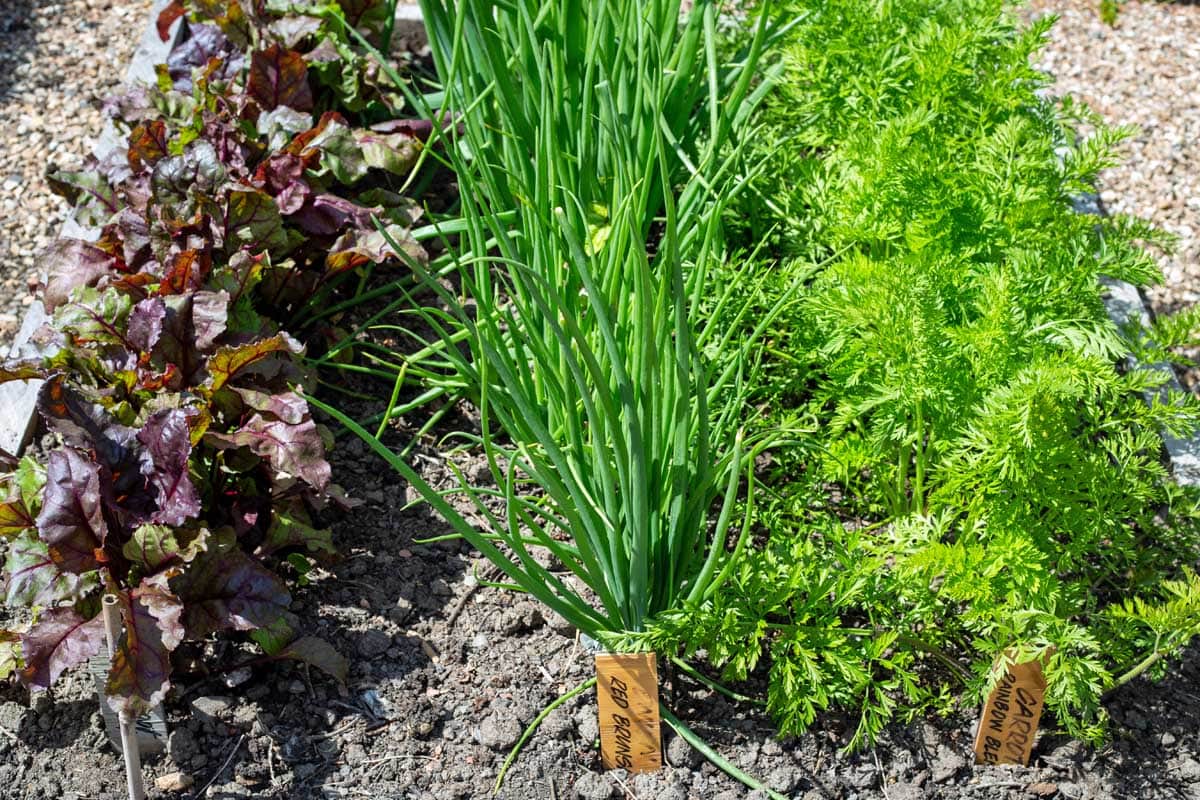
- Cucumbers: Cucumbers and beets are both heavy feeders, so they benefit from being planted together. The cucumbers help to shade the beets, which can help to prevent them from bolting.
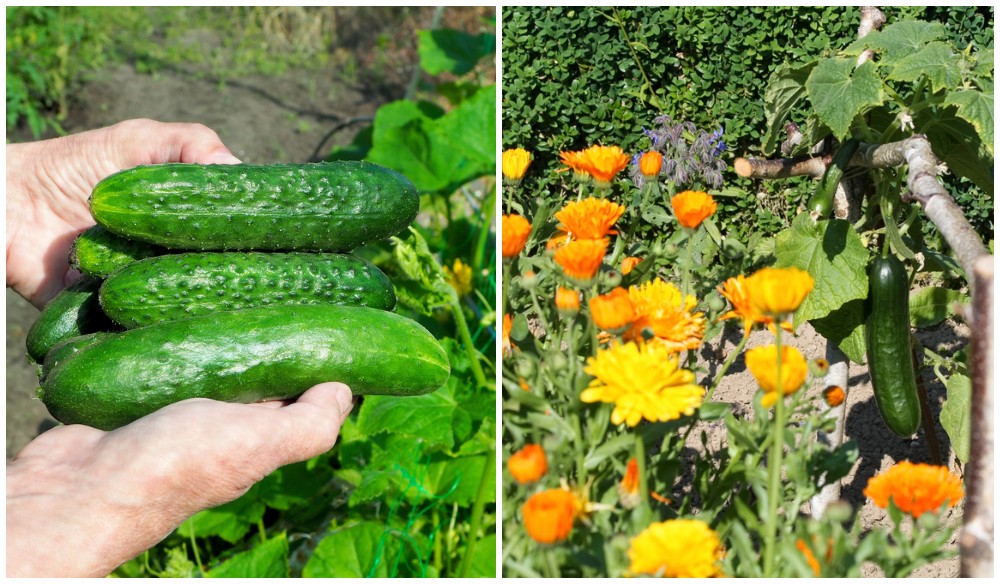
- Lettuce: Lettuce and beets are both cool-season crops that can be planted together. The lettuce helps to suppress weeds and the beets help to deter pests.
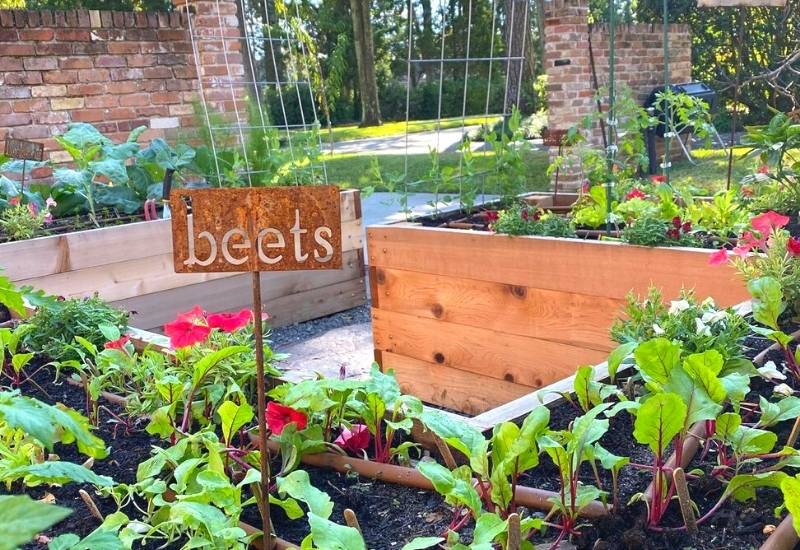
- Peas: Peas and beets are both nitrogen-fixing plants, which means they can help to improve the soil quality for each other. They also help to deter pests from each other.
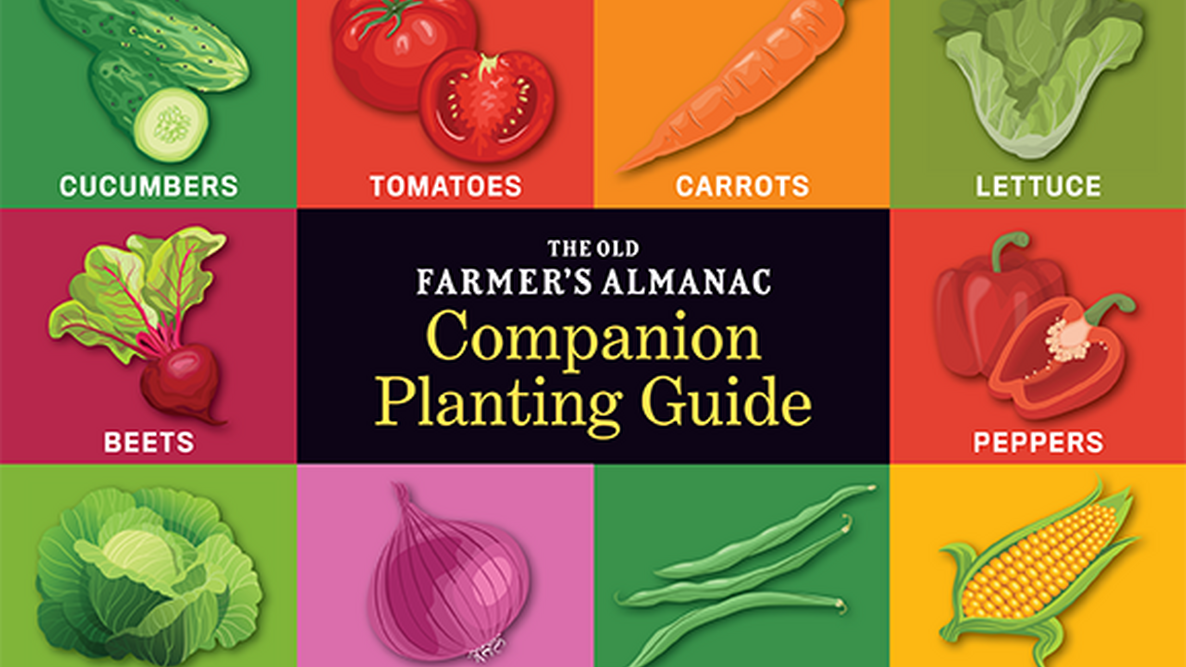
- Spinach: Spinach and beets are both cool-season crops that can be planted together. The spinach helps to shade the beets, which can help to prevent them from bolting.
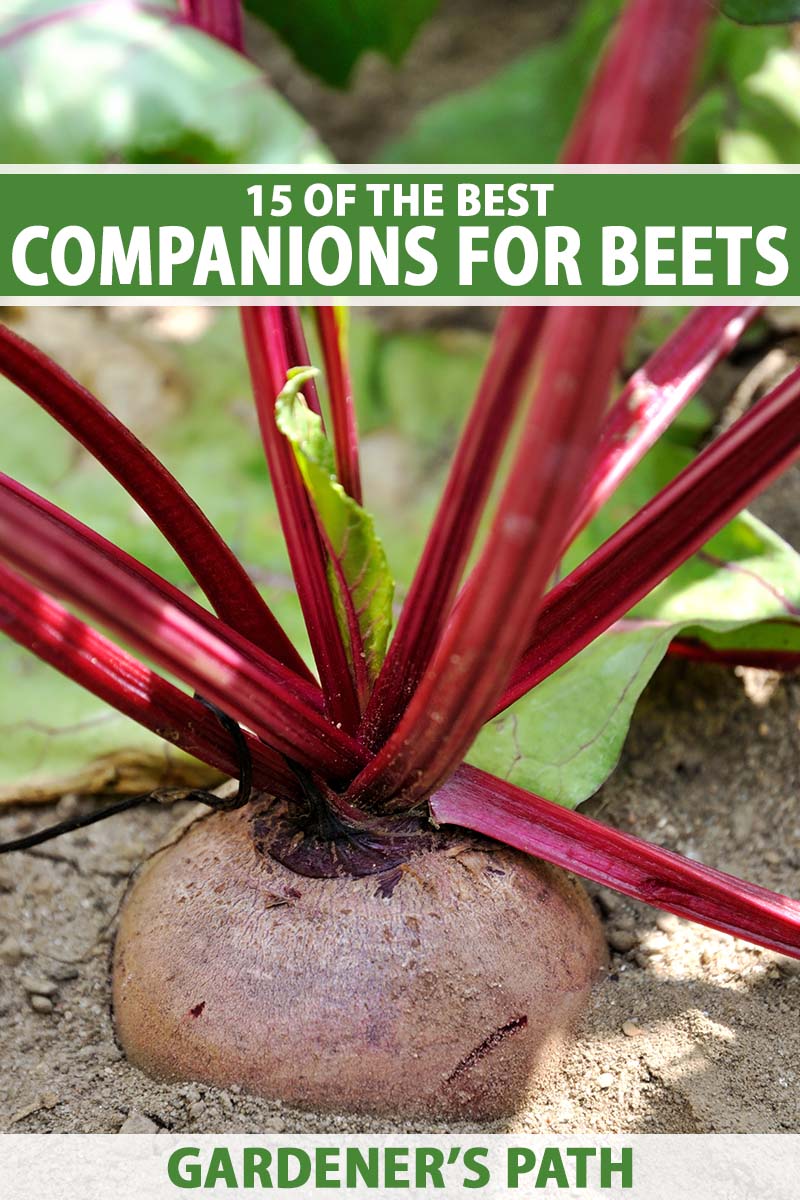

Post a Comment for "The Best Companion Plants For Beets"